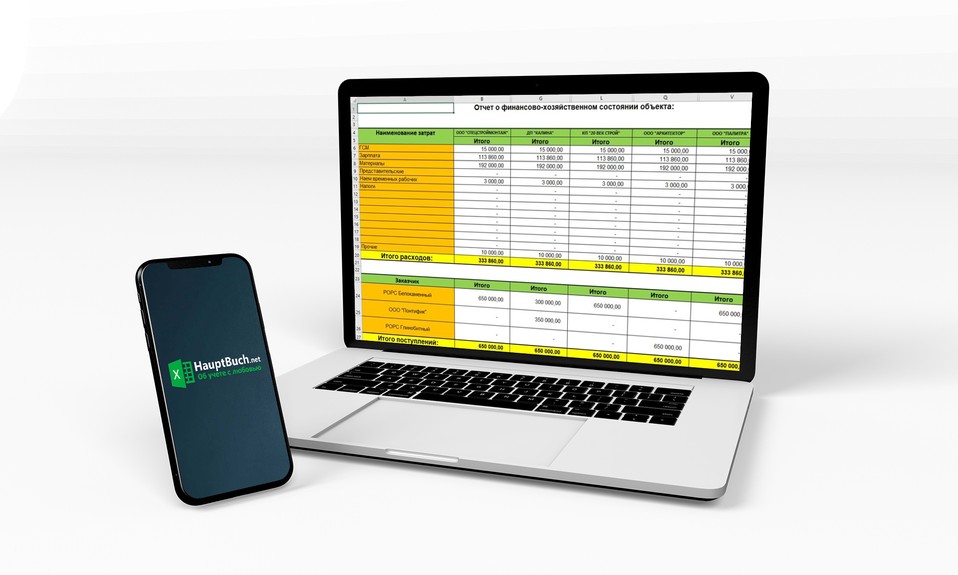Management accounting presented inunderstandablehumanaccessiblelanguage.
Management accounting presented inhumanaccessiblelanguage.

This statements is the most interesting for the company management, as it shows the performance of the enterprise for the accounting period.
Let’s examine the simplest form of the statement:
The report is divided into two parts:
In Profit part we should deduct the cost of the goods sold (line 2) from the sales volume for the accounting period (line 1). This way we get the gross profit (line 3).
I insist on using the gross profit rate (line 4), as this is an indicator of your profit share in the overall sales.
Loss part contains the operating expenses which are not directly connected with the sales volumes (This rule is not always followed, but we will discuss it later).
Expense items (lines 6-21) are mentioned for convenience, they can differ in your statement. You just have to understand what the expense items are standing for. The expense list is to conform with the analytics of account 92 (Operating and administrative costs)
Then comes the Operating income (Gross profit – Operating expenses total).
Income tax (line 24).
And what is the most important here is Net profit. (Operating income – Income tax). It is the result of the enterprise performance for the accounting period. Net profit in profit and loss account is to be equal to the line 1.4, Liabilities, Balancesheet.
Net profit margin (line 26) shows the share of net profit in the overall sales volume for the accounting period.
Very important! VAT vs. profit and loss account
According to the international standards the information in profit and loss account is shown without VAT. For this reason, we get:
This approach is absolutely right, if you enterprise pays all the taxes duly.
But Ukrainian companies often prefer to “optimize” the money which is to be paid to the budget as a value-added tax. And in this case VAT does not look like a tax, it reminds other expense item (absolutely standardized, the amount of which is determined or approved by the Board of Directors, or by the arrangements with tax authorities). That’s why I consider that our local conditions stipulate the usage of VAT in the profit and loss account, which is more convenient, and the tax itself is rendered to the expense item titled “Taxes” (line 12).
This example shows the simplest form of the profit and loss account.
Let’s study other two. They differ only in the classification of costs.
Variant 2

Running expenses are divided into two parts:
This variant as compared with the first one has the advantage of visual demonstration of the sales expenses. The disadvantage is the two-unit demonstration of the expense items.
For example, Wages or Fuel, and to understand how much is spent on all these items you will have to calculate separately.
Variant 3

Running expenses are divided into three parts.
All the variants considered above have their own right to exist and it is up to you which one to use